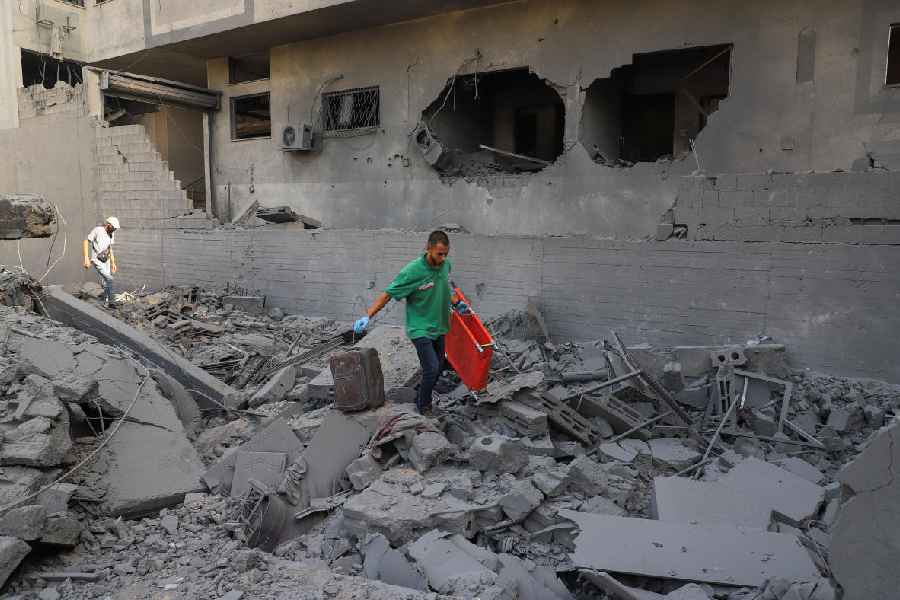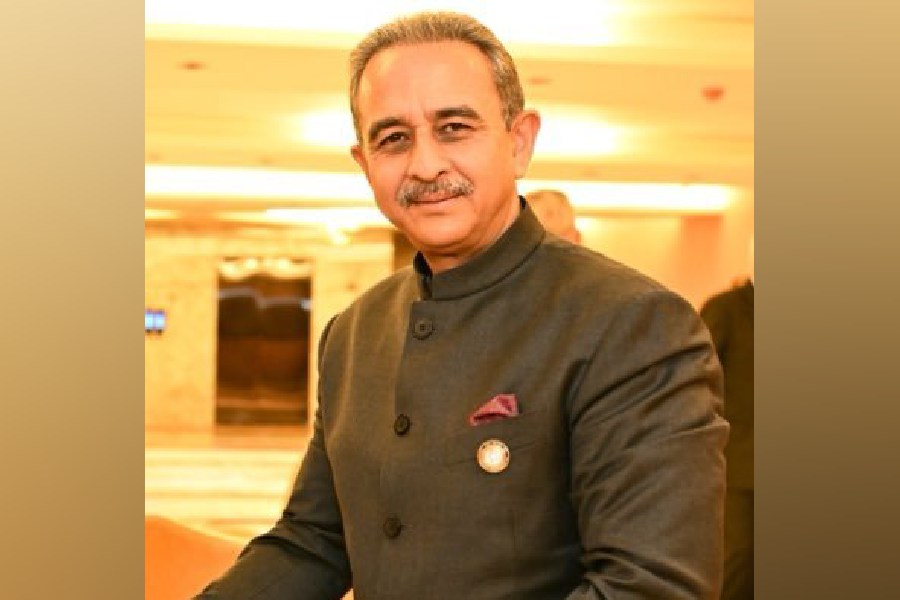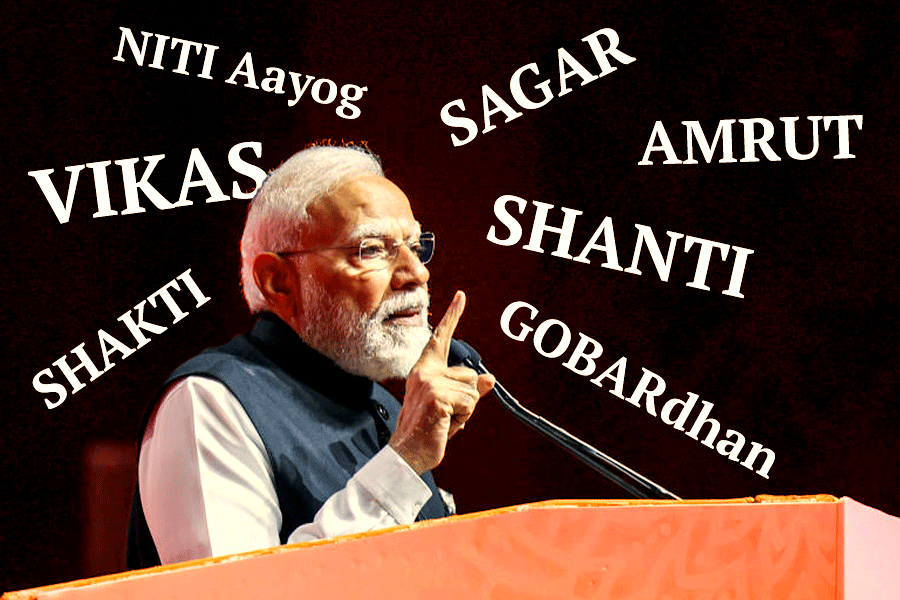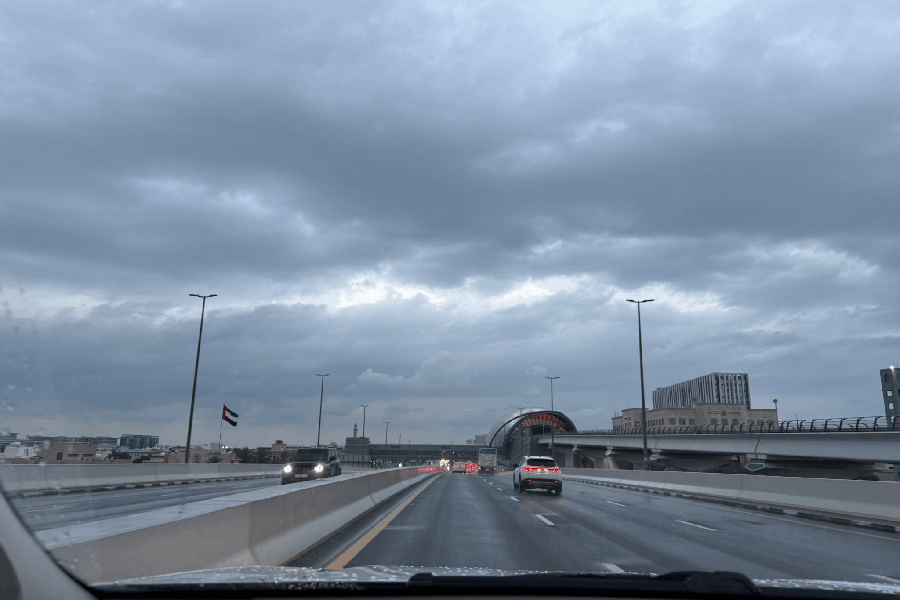Israel and Hamas have signalled a readiness to move forward with parts of US President Donald Trump’s ceasefire plan in what many hope would lead to a diplomatic breakthrough, but significant gaps will need to be negotiated to bring an end to the war in Gaza.
The Israeli government said on Saturday morning that it was preparing for the “immediate implementation” of the first steps of Trump’s proposal. Hours earlier, Hamas had said in a statement that it would release all of its remaining hostages, a key part of the plan, but the group did not directly address many other parts of it.
Trump exuded confidence that a deal was imminent, saying it was a “big day” and exhorting Israel to stop bombing Gaza. He, however, said on Saturday that Hamas must move quickly on his plan for ending the war, “or else all bets will be off.”
“I will not tolerate delay, which many think will happen, or any outcome where Gaza poses a threat again. Let’s get this done, FAST,” Trump said in a post on Truth Social.
Neither Israel nor Hamas was explicit in its statement about what had long been seen as the major sticking points to reaching an agreement. Hamas’s statement did not say whether it would accept Trump’s stipulation, backed by Israel, that the
group disarm.
It was also unclear whether Israel was willing to accept any major changes to Trump’s plan, which Prime Minister Benjamin Netanyahu said he supported during a visit to the White House this week.
Israeli negotiators were preparing on Saturday to travel abroad for indirect talks with Hamas, but it was not known when they would leave, said four officials from the region, who spoke on the condition of anonymity to discuss sensitive political matters.
Mediators from Qatar and Egypt were holding their own talks with Hamas about the proposal, while the US was speaking with Israel, according to another two diplomats with knowledge of the contacts, who spoke on the condition of anonymity to discuss sensitive diplomacy.
Israelis and Palestinians were caught between disbelief, tentative hope and utter confusion after the back-to-back developments, which many hoped could at least bring an end to the nearly two-year-old war.
The Israeli military said it was also preparing for the potential release of hostages, but it was unclear how that was influencing conditions in Gaza, where Israeli forces have launched a sweeping ground offensive that has forced hundreds of thousands of Palestinians to flee.
Avichay Adraee, an Israeli military spokesperson, warned displaced Palestinians against seizing on the optimism around a ceasefire to try and return to the north of the enclave. Israeli soldiers “are still surrounding Gaza City, and attempting to return there poses extreme danger”, he said on social media.
Two Palestinians in Gaza said that explosions and gunfire had continued into the early morning, suggesting continued Israeli military activity. Many Gazans, exhausted and traumatised by the war, say they hope Hamas makes whatever concessions are necessary to reach a deal with Israel.
“Get us out of this situation in any way possible, and quickly,” said Abdelkarim al-Harazin, a doctor who recently fled Gaza City for the south of the enclave. “We’ve been through this before, a million times, thinking that it might happen — only to get burned.”
Earlier this week, Trump released a 20-point plan to release the remaining hostages held in Gaza and to end Israel’s deadly military campaign there. At least 20 living hostages and the bodies of around 25 others are still believed to be held in Gaza.
Under the plan, Hamas would free the remaining hostages within 72 hours and hand over its weapons, and end its rule in Gaza. Israeli forces would gradually withdraw from Gaza and allow an internationally supervised Palestinian administration to assume responsibility for public services there.
Hamas submitted its response to Trump’s proposal late on Friday night. In a statement, the group said it agreed to release all the remaining hostages according to the terms laid out in the plan.
That would mean the release of 250 Palestinian prisoners serving life sentences in Israel, along with 1,700 others detained since the start of the war. The bodies of 15 Gazans would be exchanged for each dead Israeli captive.
But Hamas also said it wanted certain conditions on the ground to facilitate the exchange and that this would require further negotiations. The group was vague about whether it would be willing to disarm or to fully relinquish its dominant role in Gaza, as Trump’s plan envisions.
New York Times News Service










